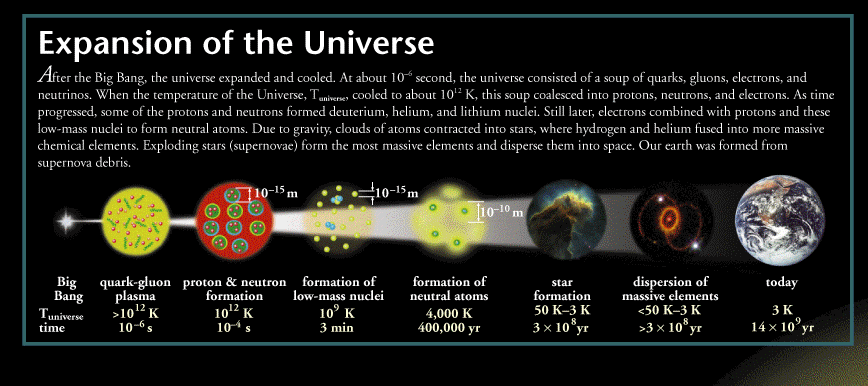Winter Moon of the Long Nights

Last night, third night in a row at Beth Evergreen, was the MVP, the mussar vaad practice group. Tuesday was the unveiling of the third stained glass window. Wednesday was the first class of the third in the first year kabbalah curriculum, the Mystical Hebrew Letters. On a personal, physical level this many evening sessions, which extend well beyond my usual 8 p.m. bedtime and then require a half hour ride home afterward, exhaust me. But on a psycho-spiritual level the nourishment I receive more than compensates.
As I wrote this last sentence, I looked up at Black Mountain and noticed a pink glow, a penumbra at its peak. A good symbol for the new understanding that is beginning to dawn on me.
In the mid-day mussar class, where we are near the end of the Messilat Yesharim, the path of the upright, by the 18th century kabbalist, Rabbi Moshe Luzzato, Jamie commented, “Remember, these are kabbalists. They include proof texts as an invitation to rethink them as metaphor, not to accept their literal meaning.” Jamie has said this before, in the kabbalist classes especially. “The Torah is a metaphor, not history.”

A bit later, he asked, “What is Torah study?” This was a topic we covered over a year ago when beginning Luzzato’s work. Torah study is not about content. It is not, in other words, limited to scholarship about Genesis, Exodus, Leviticus, Numbers, and Deuteronomy. Torah study is a method and it involves paying close attention to the person next to you, to the sunrise over Black Mountain, to the cry of a sparrow, to the way a lodgepole pine sloughs off snow, to the needs of the dog sleeping beside your chair. to the nature of fire crackling in the fireplace. Torah study is about loving attentiveness. It is a way of engaging the sacred world which we can know first from within our own person and which permeates that which we encounter throughout our lives.
And, again, aha! The sun, the sacred sun with its life-giving light, just lit up Black Mountain and showed me a sign, a way of illustrating a literally dawning awareness. The wind, the finger of the sacred blows as the ruach, the breath of spirit, the breath of life and moves the lodgepole pines in our front yard. The pines themselves erupt out of the stony Shadow Mountain ground, able to express life in a soil mostly barren of the rich nutrients available in the farmlands of the American Midwest.

I find this means I can read the word God in a new way. Shortly after Jamie commented on Torah study, we read a sentence in Messilat Yesharim that included the English word omnipresence, as in God’s omnipresence. I asked Jamie what Hebrew lay behind this translation. He looked it up, “Hmm. Something like, permeated knowledge.”
God lit up for me. Ah, if I do Torah study, if I engage in loving attentiveness to my Self, my own Soul, and those of others and of the broader natural world, then I can find the knowledge which permeates all things, that very same shards of the sacred that shattered just after the tzimtzum to create our universe. That is God being available everywhere. This is far different from the Latinate imponderable of omnipresence, sort of an elf on the shelf deity lurking in every spot, finding you everywhere. And judging.
 No. God is another word for the intimate linkage between and among all things, from the smallest gluon to the largest star. God is neither a superparent nor a cosmic Santa Claus writing down your behaviors in the book of deeds; God is a metaphor for the sacred knowledge which permeates the perceivable, and the unperceivable, world.
No. God is another word for the intimate linkage between and among all things, from the smallest gluon to the largest star. God is neither a superparent nor a cosmic Santa Claus writing down your behaviors in the book of deeds; God is a metaphor for the sacred knowledge which permeates the perceivable, and the unperceivable, world.
Our deeds are, of course, written in the very real book of our life, so they have consequences, not only on our life as whole, but as they impact others and that same world which we all inhabit. You could also see God’s judgment as the manifestation of those consequences, in their positive and negative natures, not as a divine finger shaking or outright punishing, but as ripples from one instance of the sacred to the another.
